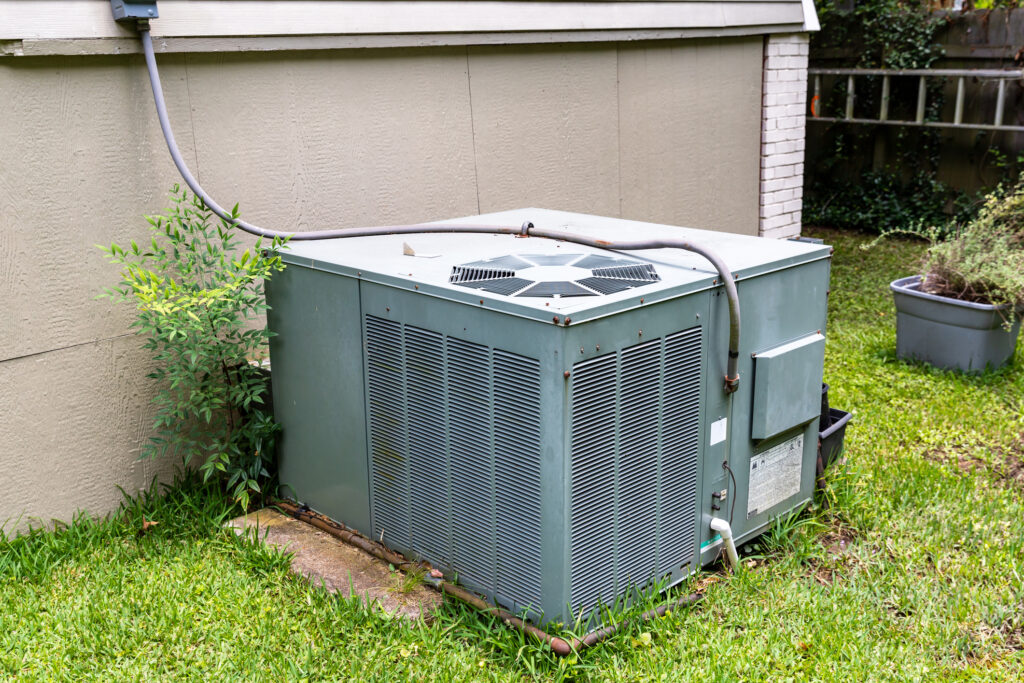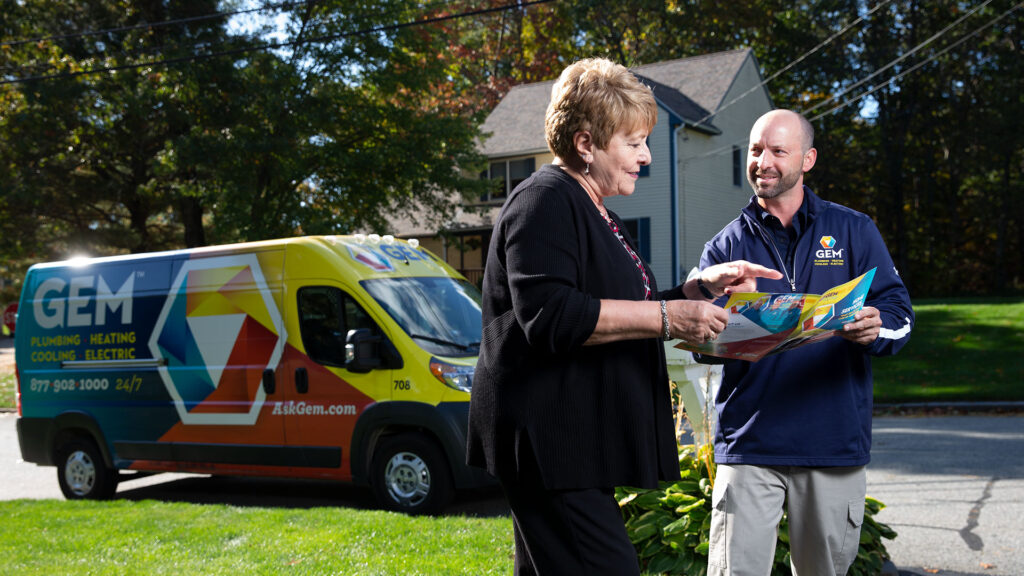Not a plumbing expert? Not to worry. We’re here to answer all your bathroom-related plumbing questions. Here are some frequently asked questions, and the answers you’re looking for.
Is The Faucet Really $1,000?!
Yes. Here’s a little tip for all things plumbing: You can spend whatever you want. You can buy cheap faucets and fixtures, or you can spend a small fortune. But, as always, high-quality products cost more.
Spending $150 or more is reasonable for a bathroom faucet. More than $250 is a reasonable price for tub and shower fittings, including the valve inside the wall, the handle, the tub spout, and the showerhead.
Do Low-Flush Toilets Work?
Now they do! Thanks to modern innovation, toilet manufacturers take a lot of care in designing and manufacturing their toilets to make sure that water and waste exit quickly and completely.
Engineers have created the Maximum Performance (MaP) test, testing hundreds of toilets each year. A toilet with a score of 600 or better will perform adequately. The top toilets score 1,000, which means they can flush 1,000 grams.
If you need to flush a kilo of anything, they’ll do the job. They’re powerful machines.
What Are Some Toilet Options? Which Are The Best?
Toilet heights matter. Some are higher, so you’ll sit about 3 inches higher than a regular toilet. That makes it easier for some folks to get off and on.
Toilets have either round bowls or elongated bowls. Elongated toilet bowls and the seats that fit on them are often more comfortable. The most common type of toilet is a two-piece with a separate tank and bowl.
One-piece toilets are sleeker and easier to keep clean but they’re more expensive.
Flush mechanisms vary. Gravity is the traditional method, while vacuum-assist or pressure-assist uses changes in air pressure inside the tank to provide a strong flush.
The measurement for the location of the drain line in the floor is called a rough-in dimension; it’s either 10-inches or 12-inches. You have to buy a toilet that matches the rough-in dimensions.
Which are the best? That’s up to you! Your bathroom experience comes down to what you prefer from your toilet height, bowl size, flush mechanism, and so on.
And no one can tell you more about what’s best for you than our very own plumbers. If you need advice, we’re always here to help.
Why Aren’t Bidets Popular?
Americans haven’t yet jumped on the bidet toilet bandwagon. You can buy a bidet seat that attaches to your toilet for anywhere from $300 to $1,000, if that’s what you prefer.
You’ll need an electrical connection for the seat to operate the pump and heat the water in a small tank.
People who have converted to using bidets love them.
Do I Want A Whirlpool Bath?
That’s up to your preference, but probably not. We know you live a busy life. Think about how often in your busy schedule you have time for a long bath. Most people use them for a week and then usage tails off.
They also require a lot of hot water to fill, so they’re not exactly environmentally friendly. If you have a 75-gallon whirlpool tub and a 40-gallon water heater, you can see the problem.
But, if you’re the type that loves a nice at-home spa experience when you take a bath, this is a great option for you!
What Kind Of Bathtubs Are There?
We could talk bathtubs all day. They generally fall into the categories of cast iron, porcelain on steel, or some kind of polymer.

Cast iron bathtubs are a great option, but (heads up!) it weighs a ton. Trying to wrestle one into your bathroom could be a problem.
Porcelain on steel bathtubs are great options too, as long as the tub is properly reinforced on the bottom. This ensures that you don’t get an “oil-canning” sound when you’re in it.
Polymers, such as fiberglass, are a great, low-cost option. Some polymers, such as fiberglass, however, may not hold up over time. Acrylic tubs are better, but cost more. As we said, quality costs more.
Outside of the big three, bathtubs can be made of stone, copper, or artificial composites. If you want to spend a lot of money, teak or cultured marble is the way to go.
Where Does All The Water Go?
All the water draining from the sink, toilet, and bathtub drains out of a common drain. (Hint: No, the toilet does not drain separately.)
Drain lines are typically 4-inch cast iron or PVC. Drains are vented through a 3-inch pipe through your roof.
This connection to outside air prevents the glug-glug sound you hear when pouring water from a bottle. Venting also helps drain water and waste faster.
Are Bathroom Walls Waterproof?
Well, we sure hope so! They should be. Showers can get messy sometimes, right? Conventional drywall in a wet environment like a bathroom is a bad idea.
Bathroom walls are usually constructed with cement backer board, which is a ¼-inch or ½-inch thick sheet of cement and reinforcing fibers in a 3-foot by 5-foot sheet.
The floor and walls are then finished with tile or other materials on top of the backer board, making sure they’re water-proofed all the way.
What Else Is New In Bathroom Plumbing?
Bathroom plumbing has new changes in hot water recirculation systems and occupancy sensors.
When you walk into a bathroom, you probably want to turn on the light, turn on the exhaust fan, and you’ll need hot water. That’s a lot going on at once.
There are wireless occupancy sensors and on-demand hot water recirculation systems available that will pump hot water to the bathroom, turn on the lights, and turn on the exhaust fan. That’s the ultimate in convenience.



